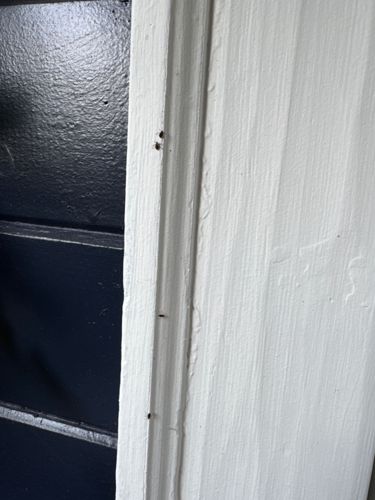Pharaoh Ant
Scientific Name: Monomorium pharaonis
Order & Family: Hymenoptera, Formicidae
Size: Workers are typically 1.5-2 mm (0.06-0.08 inches) long.

Natural Habitat
Predominantly an indoor pest in temperate regions, thriving in warm, humid environments. They build nests in hidden, inaccessible locations within structures, such as wall voids, behind baseboards, under floors, inside appliances, and even in linens or clothing. They are often found in kitchens, bathrooms, and food preparation areas.
Diet & Feeding
Opportunistic feeders, they consume a wide variety of foods including sweets, greasy foods, dead insects, and even fabrics and rubber. They are particularly attracted to sugary substances and high-protein foods.
Behavior Patterns
These small ants are typically observed foraging in trails, guided by pheromone trails laid by scout ants. They are highly adaptable and opportunistic, readily exploiting food sources found indoors. They form large colonies and can nest in a variety of hidden locations.
Risks & Benefits
Pharaoh ants are significant nuisance pests. In healthcare settings, they pose a serious risk as they can transmit pathogens (e.g., Salmonella, Staphylococcus, Clostridium) from contaminated areas to sterile ones. They can contaminate food and sterile equipment. In homes, they are a persistent nuisance and can damage food products. They offer minimal benefits in urban environments.
Identified on: 8/31/2025